Couscous, Baklava, and Empire
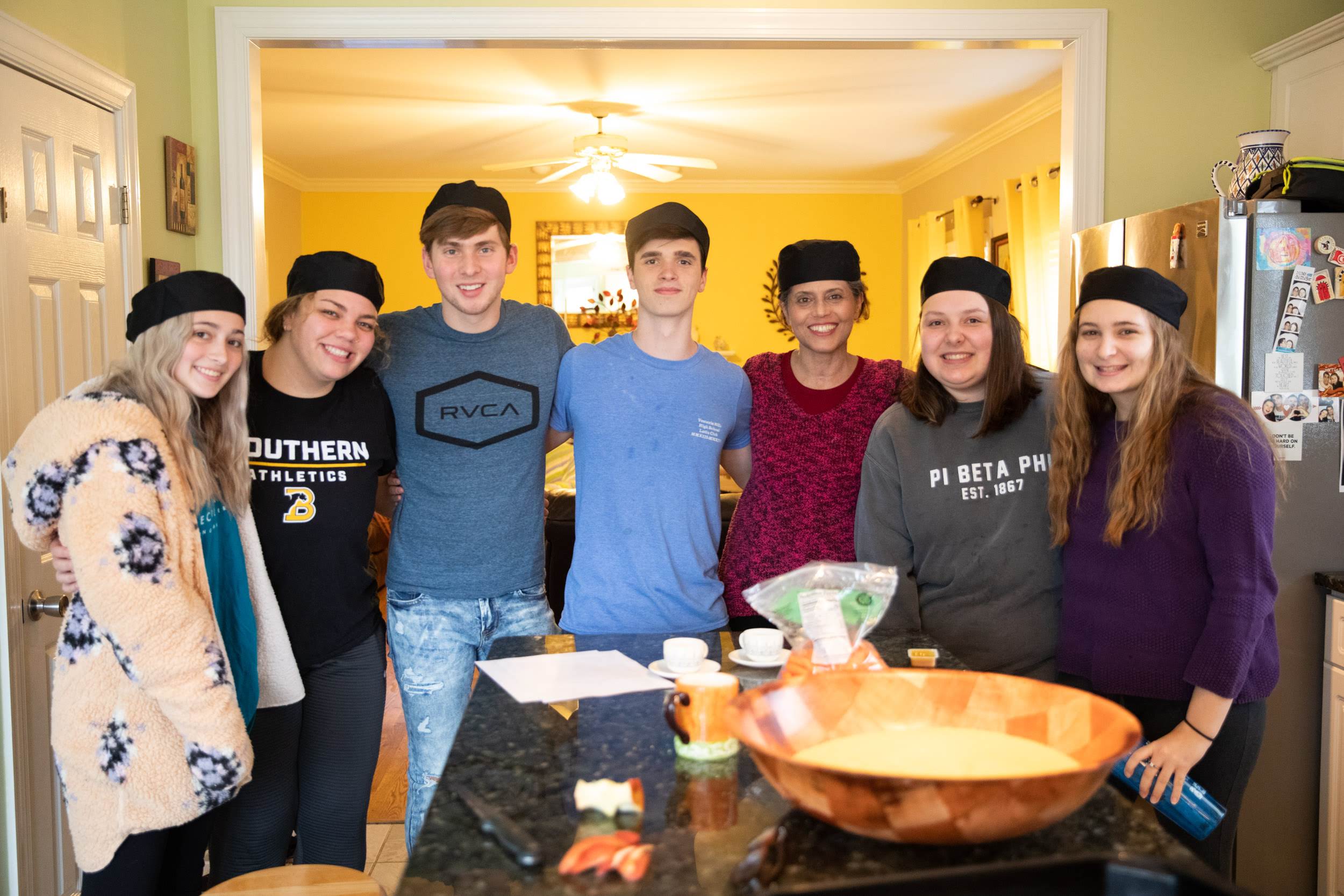
Associate Professor of Arabic Dr. Lamia Benyoussef drew students to her course with the promise of food, but participants have done more than just eat the dishes they’ve made.
Benyoussef’s course, “Couscous, Baklava, and Empire,” examined colonialism, displacement, immigration, gender studies, and cultural genocide of the Middle East and North Africa, all through food. From specific ingredients to dining traditions to the movement of dishes across the globe, food provided the lens to further understand the regions.
The class, which met at Benyoussef’s home, made couscous and baklava together and studied how each dish is an artifact of colonialism. Couscous, for example, originated in North Africa, but the French claimed the dish over time after colonizing Tunisia, Algeria, and Morocco.
“At first, when you look at French writings, they always looked down on couscous – ratatouille was more civilized. But today, couscous is the number one dish in France,” Benyoussef explains.
Baklava shares a similar history. The dish was spread throughout the east during the rise of the Ottoman Empire – Turkey and Greece still disagree over its origin. While baklava might often be attributed to the Middle East, it’s actually a delicacy that not all families can afford.
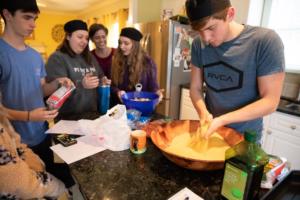 The class studied history through these dishes as well as through memoirs, poetry, films, and recipes that also tell the stories of food and the people preparing it. Often, students had discussions over tea or while peeling almonds, establishing community around the food-making process.
The class studied history through these dishes as well as through memoirs, poetry, films, and recipes that also tell the stories of food and the people preparing it. Often, students had discussions over tea or while peeling almonds, establishing community around the food-making process.
Though Benyoussef could make couscous in her sleep, she had never made baklava before she started preparing for the course. She took classes this summer and practiced over winter break to get ready for her class demonstration, making each element from scratch with help from her students.
Students have also learned about different practices and traditions within Arabic culture, including how gender roles in the kitchen and social hierarchy at the dinner table change across countries.
“Is food only about eating? You create community either by the avoidance of certain foods or eating foods in a certain way,” Benyoussef says.
For one assignment, students had to take the role of a rural woman and feed eight people for only $5. Students also interviewed members of the Arab-American community and visited Syrian and Lebanese churches to ask people about the meaning of food.
The class read Annia Ciezadlo’s memoir, “Day of Honey: A Memoir of Food, Love, and War,” which explores nostalgia, loss, and community. Ciezadlo visited campus Jan. 22, speaking to the class before she gave her presentation, “War at Your Neighborhood Grocery Store: When Food Becomes a Weapon, and How People Fight Back,” in Norton Theatre.
“The Arabic-speaking world has inspired food and culture across the world, so we can speak about what it means to us,” Benyoussef says. “You can think about the meaning of food when you read it like a text. It comes with layers of flavor and cultural background.”
This year was the first time Benyoussef has taught this specific class, though most of what she teaches at BSC helps students understand different parts of the Arab identity. In addition to Arabic language classes, she has taught courses focusing on the Muslim Brotherhood, ISIS and Syria, and Afro-Arabs. She’s also planning to teach a course on gender in the Middle East and economic inequality in regards to inheritance.
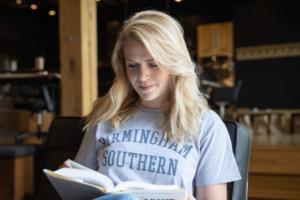

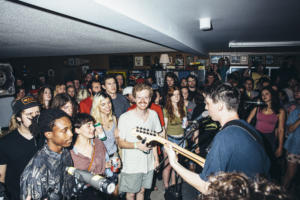
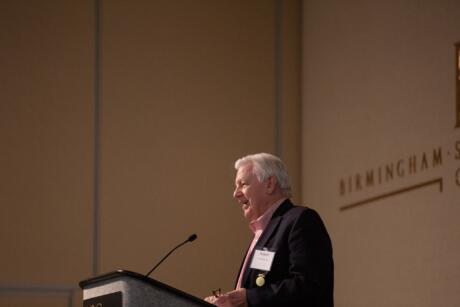
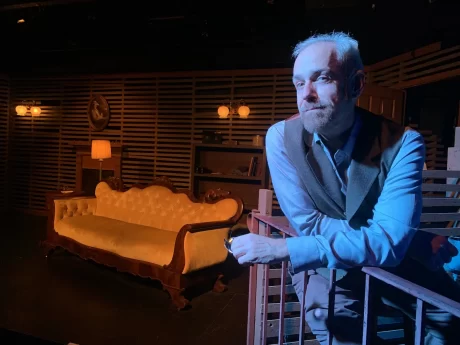
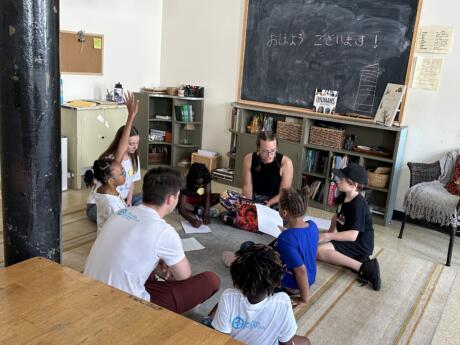
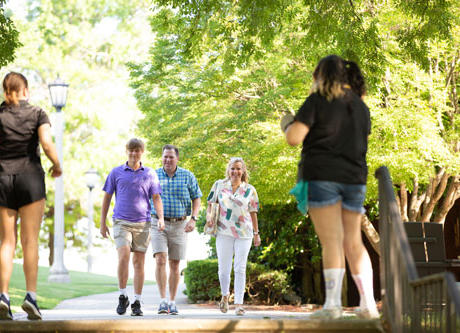
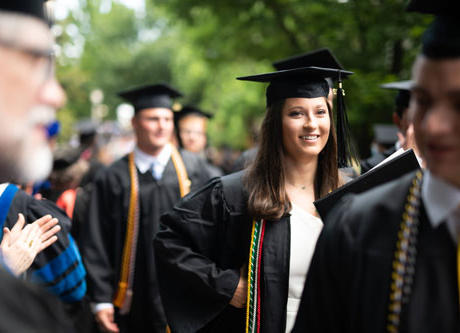
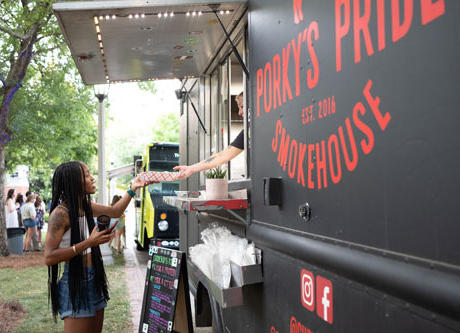
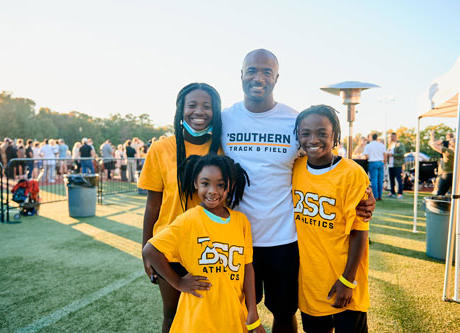
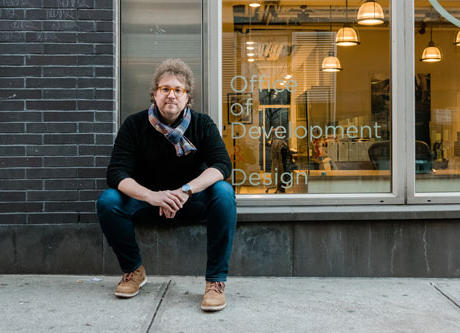
// Comments are closed //